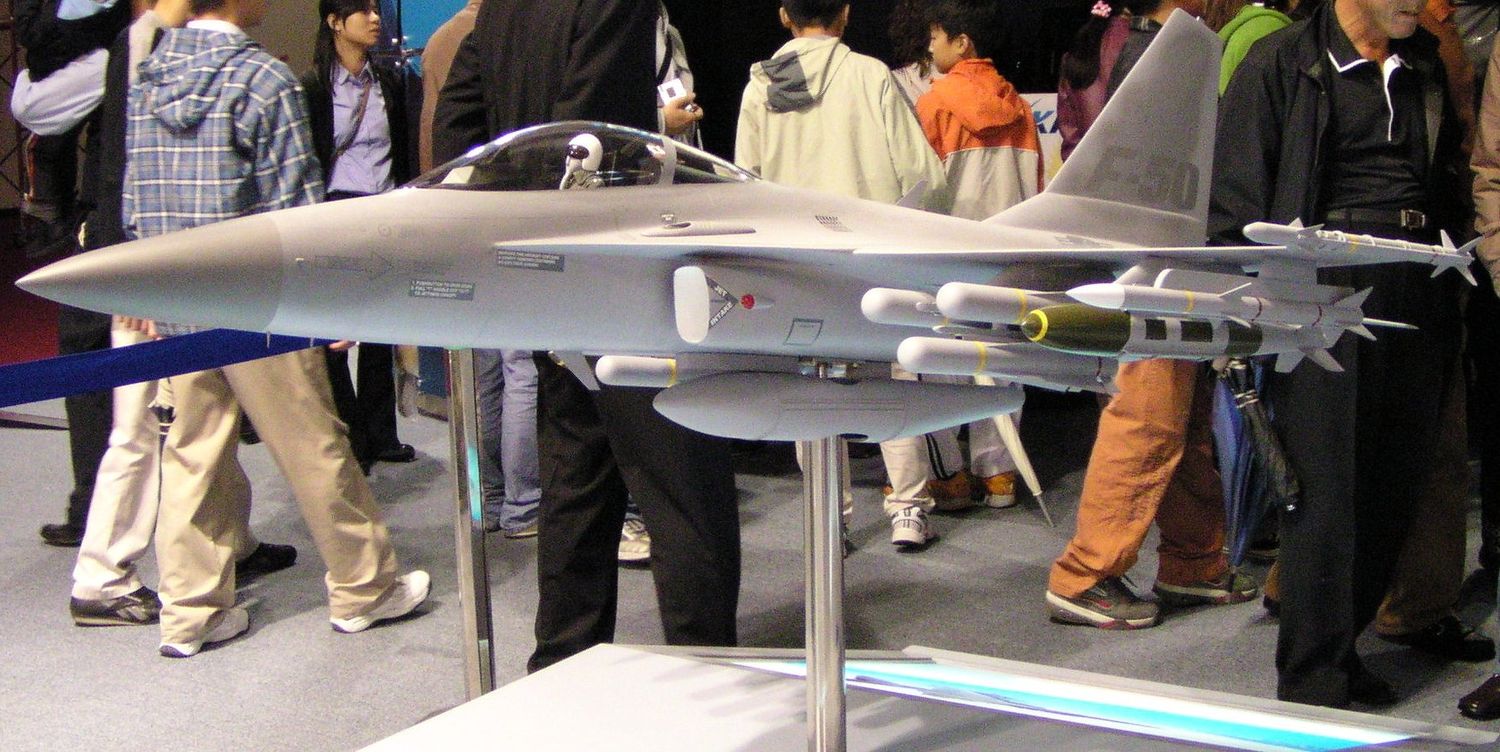KAI advances with the development of the single-seat version of the FA-50
Korea Aerospace Industries Ltd. (KAI) unveiled a new investment plan to develop a single-seat version of the FA-50 to meet future market demands for light combat aircrafts.
According to The Korean Economic Daily, KAI reported that its board of directors plans to invest 35.6 billion won (about US$26.5 million) in the development of a single-seat version of the FA-50 (the F-50?) to meet the growing demand for this model in the global market for light multi-role combat aircraft, also with the intention of creating new markets by expanding its product portfolio.
To date, the South Korean company has exported 138 units of its FA-50, all of them two-seaters. However, according to KAI, current customers have repeatedly expressed interest in acquiring a single-seat model of this light fighter.

«Our goal is to increase investments in future business to dominate the future aerospace industry,» said Kang Goo-young, CEO of KAI.
The single-seat FA-50 is expected to diversify KAI’s business opportunities by offering a lightweight, cost-effective fighter aircraft with a longer range and better overall multirole mission capabilities over the two-seat version, meeting customers’ needs through various options.
The Korean company’s goal is to achieve the «light combat aircraft market» share of more than 50 percent, which would translate into a theoretical production of around 450 units, including overseas exports and domestic orders.
Unmanned FA-50
KAI is also researching a high-performance autonomous combat system, based on an unmanned version of the FA-50, which should complement the KF-21 Boramae and other piloted fighter aircraft starting in the 2030s.
See also: KAI to test key technologies for manned and unmanned aerial teaming in modified FA-50
While the FA-50 will serve as the basis for testing and developing the technology elements to be applied to future low RCS unmanned combat fighters, there also appears to be an option for KAI, in the future, to offer current FA-50 customers the option of converting them to unmanned fighters, giving them a second operational life within the context of the combined manned and unmanned command systems (MUM-T) being developed for the next generation of fighter aircrafts.



Comentarios
Para comentar, debés estar registrado
Por favor, iniciá sesión